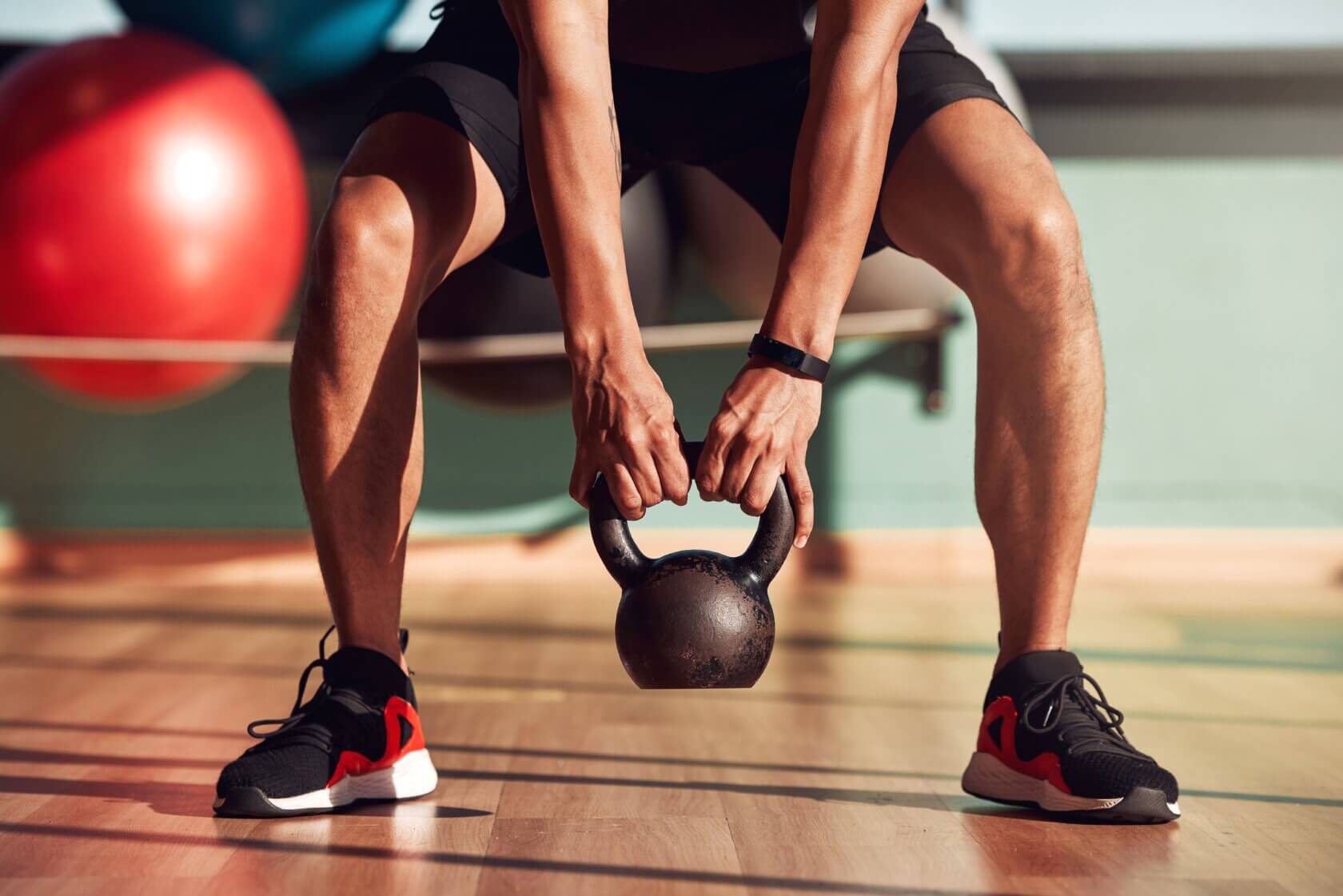Wearable technology, such as smartwatches and fitness trackers, has evolved to include features that monitor stress and anxiety levels. Devices like Fitbit, Apple Watch, and the Oura Ring have integrated sensors and algorithms that track physiological indicators such as heart rate variability (HRV), sleep patterns, and physical activity. By analyzing this data, users can gain insights into their stress levels and take proactive steps to manage anxiety.
Key Benefits of Wearables for Mental Health:
- Real-time Monitoring: Continuous tracking provides real-time data on physiological responses to stress, allowing for immediate intervention.
- Data-Driven Insights: Wearables collect extensive data that can be reviewed over time to identify trends and triggers related to stress and anxiety.
- Personalized Recommendations: Many wearables offer personalized suggestions based on the data collected, such as breathing exercises or reminders to take a break.
Types of Trending Devices for Mental Health Tracking
With advancements in technology, several devices have gained popularity for their ability to track and improve mental health:
- Smartwatches: Devices like the Apple Watch and Fitbit Sense offer comprehensive health monitoring, including stress tracking and mindfulness reminders.
- Fitness Trackers: Fitness trackers such as the Fitbit Charge and the Oura Ring provide insights into physical activity, sleep patterns, and stress levels.
- EEG Headsets: Devices like the Muse headband use EEG technology to monitor brain activity during meditation, providing real-time feedback to enhance mindfulness practices.
- Biofeedback Devices: Tools like the Inner Balance by HeartMath measure heart rate variability and provide biofeedback to help users manage stress and anxiety.

Tips for Selecting the Right Mental Health App or Tool
With numerous options available, choosing the right mental health app or tool can seem overwhelming. Here are some tips to guide your selection process:
- Identify Your Needs: Determine what you want to achieve—whether it’s reducing stress, tracking moods, or seeking therapy—and choose a tool that aligns with your goals.
- Check Credibility: Look for apps and devices developed or endorsed by mental health professionals. Read user reviews and research the developers’ background. Another pro-tip would be to check in with your therapists and see what they would recommend.
- Ease of Use: Opt for user-friendly tools that fit seamlessly into your daily routine. Complex interfaces may discourage consistent use.
- Data Privacy: Ensure the app or tool has robust data privacy policies to protect your personal information.
- Trial Periods: Take advantage of free trials or basic versions before committing to a paid subscription. This allows you to assess whether the tool meets your needs.
Conclusion
The integration of technology into mental health practices offers unprecedented opportunities for individuals to take control of their mental well-being. From mood tracking apps to wearable devices, the options are vast and tailored to various needs. By leveraging these tools, mental health enthusiasts can gain valuable insights, access support, and build healthier habits. As technology continues to evolve, its role in mental health will only grow, making it an indispensable ally in the journey toward better mental well-being.
For those eager to explore the benefits of mental health tracking and improvement through technology, now is the perfect time to dive in. Remember, the path to better mental health is a continuous journey, and with the right tools and proper support system, you’re well-equipped to navigate it successfully.









